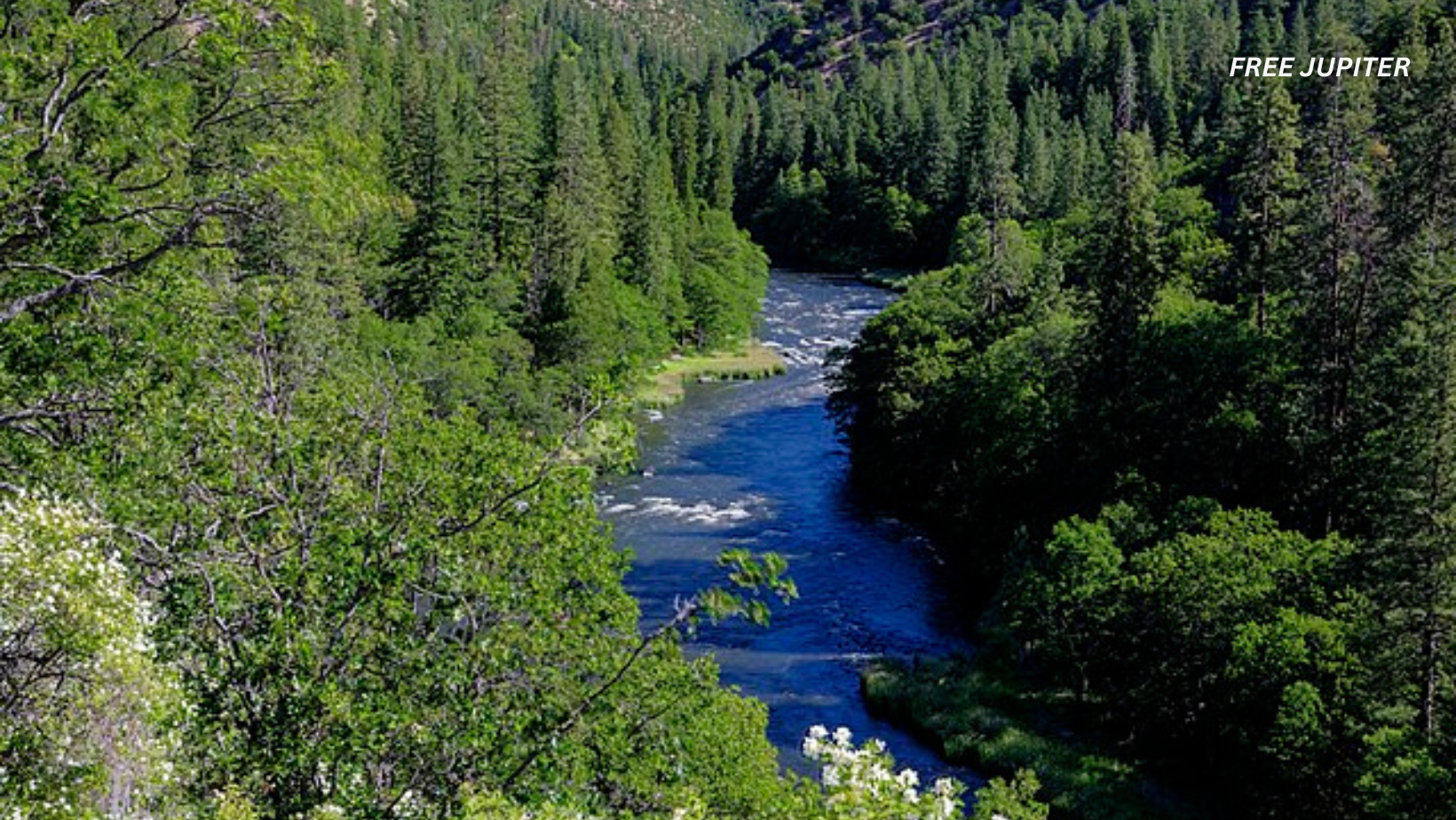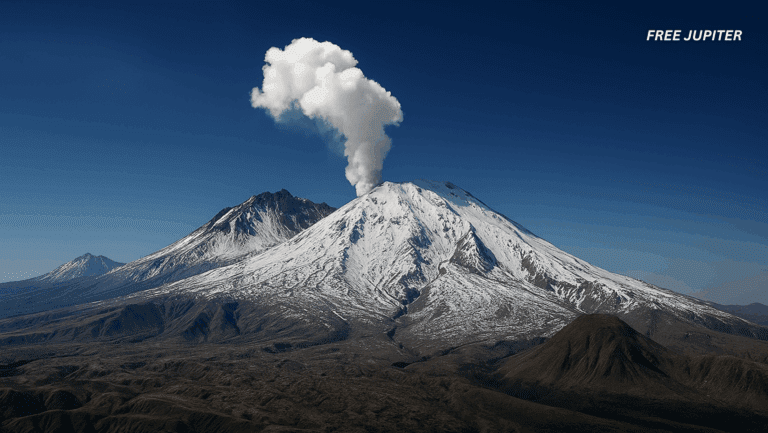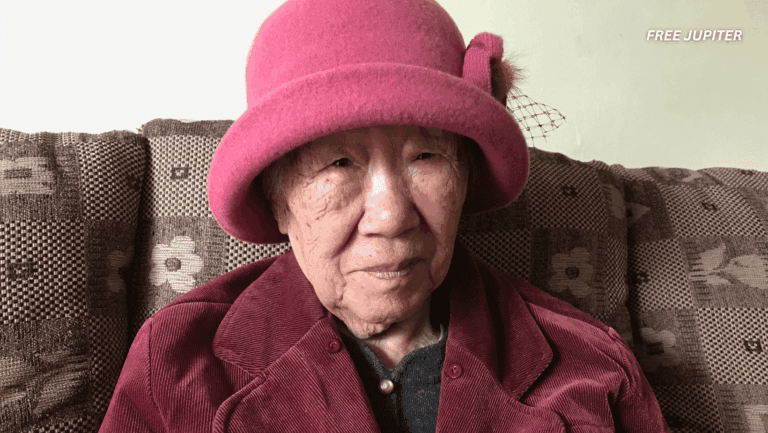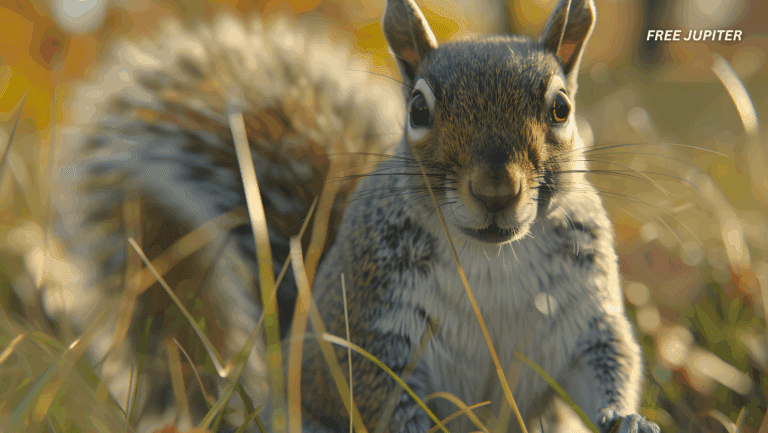Friendly Note: FreeJupiter.com shares general info for curious minds 🌟 Please fact-check all claims—and always check health matters with a professional 💙
Along the Klamath River in northern California, a remarkable chapter of restoration and reclamation has unfolded for the Yurok Tribe. Barry McCovey Jr., now the director of the Yurok Tribal Fisheries Department, recalls his childhood escapades sneaking past locked gates and evading security just to fish steelhead trout in Blue Creek, nestled among towering redwoods. This watershed has been a sacred ground for his ancestors since time immemorial, a place where they fished, hunted, and gathered. Yet, for over a century, these lands were under the control of timber companies, effectively cutting off the tribe’s access to their ancestral home.
McCovey’s early work as a fisheries technician granted him limited access to Blue Creek, allowing him to witness firsthand the profound significance of this landscape to his people. “While snorkeling in Blue Creek, I felt the deep connection to that place for myself and our community, and I realized we had to do everything possible to reclaim it,” he shared. This realization sparked a determined, decades-long effort that culminated in a landmark achievement: the return of approximately 73 square miles (189 square kilometers) of ancestral territory to the Yurok Tribe, more than doubling their land holdings.
This monumental conservation agreement, finalized in partnership with Western Rivers Conservancy and other environmental organizations, represents the largest land-back deal in California’s history. The Yurok people had lost nearly 90% of their lands during the California Gold Rush in the mid-1800s, enduring massacres and diseases inflicted by settlers. The restoration of these lands marks a profound reversal of that historical dispossession.
The Broader Context of Land Restoration
The Yurok Tribe’s success is part of a wider movement known as Land Back, which advocates for returning Indigenous homelands through ownership or shared stewardship. Over the past decade, nearly 4,700 square miles (12,173 square kilometers) have been restored to tribes across 15 states through federal programs and allied organizations. This movement reflects a growing acknowledgment of the invaluable role Indigenous knowledge plays in environmental stewardship and climate resilience.
Research increasingly shows that the most biodiverse, healthiest, and resilient forests are those protected and managed by Indigenous peoples. Beth Rose Middleton Manning, a professor of Native American Studies at the University of California, Davis, emphasizes the importance of Indigenous perspectives, which view humans, plants, animals, and waterways as interconnected parts of an ecosystem. This contrasts sharply with Western approaches that often prioritize commercial forestry and resource extraction.
Read more: Huge Planet Found Orbiting Tiny Star Has Baffled Scientists
Plans for Stewardship and Ecological Renewal
With the return of these lands, the Yurok Tribe is poised to implement a comprehensive management plan that blends traditional ecological knowledge with modern conservation techniques. Their goals include reintroducing controlled fire to manage forests, restoring prairies by clearing invasive species, planting native trees, and enhancing habitats for salmon and other wildlife. These efforts will also provide employment opportunities for the tribe’s more than 5,000 members, fostering economic and cultural revitalization.
Blue Creek, a critical tributary of the Klamath River, serves as a sanctuary for endangered species such as marbled murrelets, northern spotted owls, and Humboldt martens, alongside elk, deer, and mountain lions. The Klamath River basin historically supported abundant runs of steelhead, coho, and Chinook salmon, vital to the Yurok’s sustenance and culture. However, salmon populations have plummeted due to dams, water diversions, and habitat degradation, leading to fishing bans that have lasted multiple years.
Restoring Blue Creek is seen as a vital complement to ongoing efforts to remove dams on the Klamath River—the largest dam removal project in U.S. history. The creek’s cold waters provide essential refuge for spawning salmon and steelhead, especially crucial amid climate change-driven droughts and warming temperatures.
Legacy of Industrial Timber Management
For over a century, the lands now returned to the Yurok were managed primarily for industrial timber production. The previous owner, Green Diamond Resource Company, managed the forests with sustainable practices by their standards, harvesting no more than 2% annually and sparing old-growth trees. However, repeated cycles of clear-cutting have altered the landscape, increasing sedimentation in streams, reducing water quality, and fragmenting habitats essential for fish and wildlife.
Logging roads and undersized culverts have further impeded fish passage, while dense stands of small trees have increased wildfire risks and water consumption. Fire suppression policies, invasive species, and unmanaged native vegetation encroachment have diminished prairies that once supported elk, deer, and culturally significant plants.
A Vision for Ecological Healing
The tribe’s restoration strategy involves removing invasive plants and thinning encroaching vegetation to revive historic prairies, which are vital feeding grounds for wildlife like elk and the mardon skipper butterfly. Trees cleared from prairies will be repurposed as logjams in streams to create habitats for amphibians, fish, and turtles. Reintroducing fire as a management tool will help restore forest diversity and resilience, supporting endangered species recovery.
This ambitious ecological renewal will require sustained effort over decades. McCovey reflects on the long journey ahead: “Maybe not all this work will be completed in my lifetime, but that’s okay—I’m doing this for future generations”.
Read more: The ‘Alien Language’ Problem That Has Stumped Mathematicians For Decades May Finally Have A Solution
Conclusion
The return of ancestral lands to the Yurok Tribe along the Klamath River is far more than a land transaction—it represents a profound restoration of identity, heritage, and ecological balance. This milestone exemplifies how Indigenous communities, often marginalized and dispossessed for centuries, are reclaiming their rightful place as stewards of the environment. The Yurok’s journey highlights the enduring connection between people and the land, a relationship that sustains culture, spirituality, and biodiversity alike.
This achievement also serves as a powerful reminder that healing the wounds of history requires more than acknowledgment; it demands tangible action. By regaining control over their traditional territories, the Yurok Tribe can apply their deep-rooted knowledge and time-honored practices to restore ecosystems that have suffered under industrial exploitation. Their approach—reintroducing controlled fire, reviving prairies, removing invasive species, and restoring salmon habitats—embodies a holistic vision of land management that integrates ecological health with cultural vitality.
Moreover, the Yurok’s success story is emblematic of a broader shift in environmental conservation, one that increasingly values Indigenous leadership and expertise. Scientific studies have repeatedly shown that lands managed by Indigenous peoples are among the most biodiverse and resilient on the planet. This growing recognition is reshaping conservation policies and inspiring collaborative partnerships that honor Indigenous sovereignty while addressing pressing global challenges like climate change and species extinction.










